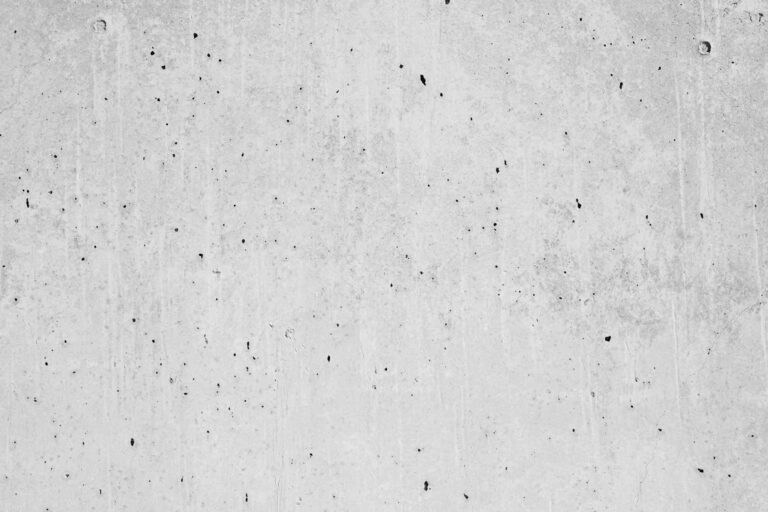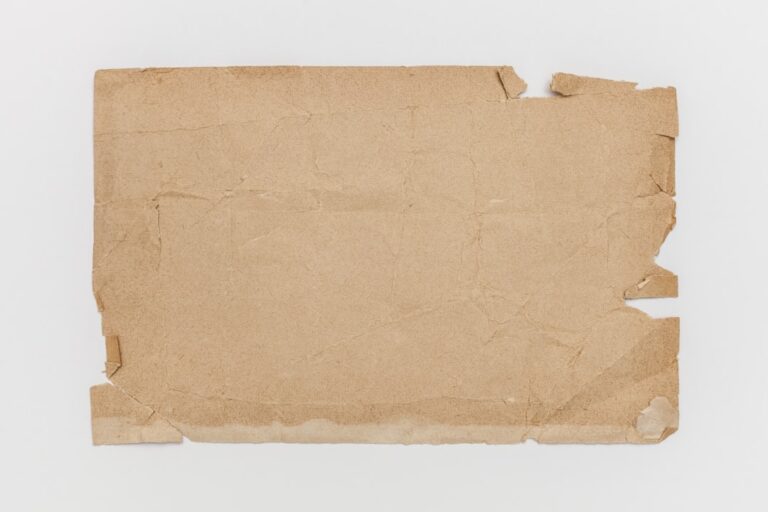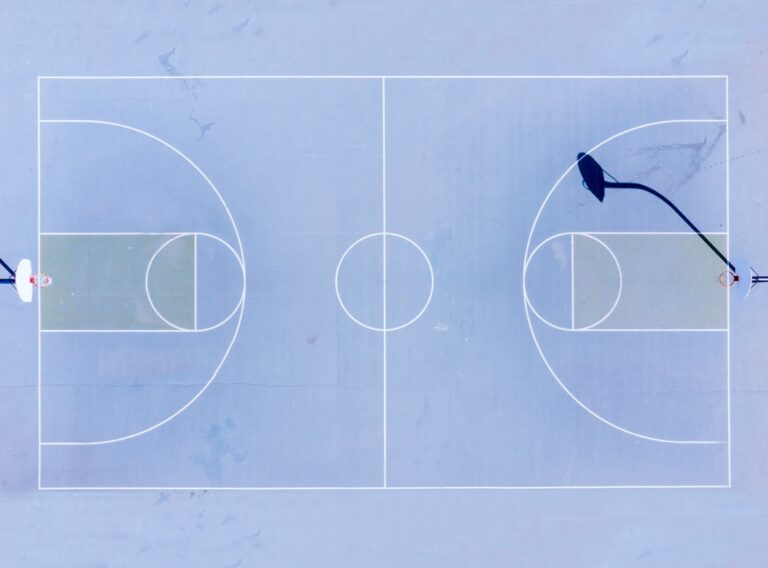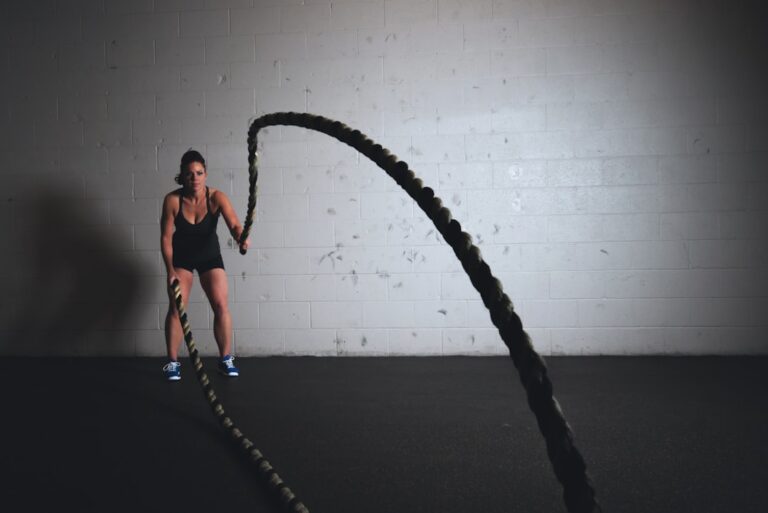To begin drawing a simple butterfly, you will need a few basic materials. First, you will need a pencil for sketching out the initial shape and details of the butterfly. It’s best to use a pencil with a sharp point so that you can create precise lines and shapes. Next, you will need an eraser to correct any mistakes or make adjustments to your drawing as you go along. An eraser will also come in handy when you start adding details and patterns to the butterfly’s wings. Additionally, you will need a piece of paper to draw on. You can use any type of paper, but it’s best to use a smooth surface that will allow your pencil to glide easily. Finally, you may want to have some colored pencils or markers on hand if you plan to add color to your butterfly drawing.
In addition to these basic materials, you may also want to have a ruler or straight edge to help you create straight lines and symmetrical shapes for the butterfly’s wings. This will be especially helpful when adding patterns and designs to the wings. If you prefer to work digitally, you can use a drawing tablet and stylus to create your butterfly drawing on a computer or tablet. This can give you more flexibility and options for adding color and details to your drawing. Overall, these materials are all you need to get started on drawing a simple butterfly, and with a little practice and patience, you can create a beautiful and realistic butterfly drawing.
Key Takeaways
- Use paper, pencil, eraser, and colored pencils or markers for drawing a simple butterfly
- Start by sketching an oval for the body and two large ovals for the wings
- Add smaller ovals for the eyes and antennae, and lines for the veins on the wings
- Draw the butterfly’s antennae and body by adding two long, thin ovals and a small circle for the head
- Add patterns like dots, stripes, or swirls to the wings to make them more realistic
- Use colored pencils or markers to add vibrant colors to the wings and body
- Finish the drawing by adding final touches like shading, highlights, and extra details to make the butterfly come to life
Sketching the Basic Shape of the Butterfly
Once you have gathered your materials, it’s time to start sketching the basic shape of the butterfly. Begin by lightly sketching an oval shape for the body of the butterfly. This will serve as the central point from which you will build the rest of the butterfly’s features. Next, sketch two larger oval shapes on either side of the body to represent the upper wings of the butterfly. These ovals should be slightly elongated and angled upwards to create a natural wing shape. Then, sketch two smaller ovals below the larger ones to represent the lower wings of the butterfly. These ovals should be slightly smaller and angled downwards to create a balanced and symmetrical look.
After sketching the basic wing shapes, you can start adding more details to the wings by sketching in the edges and curves that give the wings their distinct shape. Pay attention to the natural curves and patterns found in butterfly wings, and try to replicate these details as accurately as possible. Once you are satisfied with the overall shape of the butterfly, you can start adding more specific details such as the antennae and body. Take your time with this step, as getting the basic shape right is crucial for creating a realistic and visually appealing butterfly drawing.
Adding Details to the Butterfly’s Wings
With the basic shape of the butterfly sketched out, it’s time to add more details to the wings. Start by adding veins and lines to the wings to give them a more realistic and textured look. These lines should follow the natural curves and patterns found in butterfly wings, so take your time and pay attention to the details. You can use your pencil to lightly sketch in these lines, making them more prominent in certain areas to create depth and dimension in the wings.
Next, you can add small dots or circles along the edges of the wings to represent scales, which are a defining feature of butterfly wings. These scales give the wings their vibrant colors and patterns, so be sure to add them in a way that complements the overall design of the butterfly. You can vary the size and placement of the scales to create a more dynamic and visually interesting wing pattern. As you add these details, keep in mind that symmetry is key when drawing butterfly wings, so try to mirror the details on both sides of the butterfly to create a balanced and harmonious look.
As you add details to the wings, take breaks to step back and assess your progress. This will help you identify any areas that may need adjustment or refinement. Remember that drawing is a process of building up layers and details, so don’t be afraid to make changes as needed. With patience and attention to detail, you can create beautifully intricate and realistic butterfly wings that will bring your drawing to life.
Drawing the Butterfly’s Antennae and Body
| Antennae and Body Drawing Metrics | Measurements |
|---|---|
| Average length of antennae | 2 inches |
| Number of body segments | 3 |
| Recommended materials | Pencil, paper, colored markers |
| Difficulty level | Intermediate |
After adding details to the wings, it’s time to focus on drawing the butterfly’s antennae and body. Start by sketching two thin lines extending from the top of the butterfly’s head to represent the antennae. These lines should be slightly curved and taper off at the ends to create a delicate and natural look. Next, add small segments or beads along the length of each antenna to give them texture and dimension. These segments should be evenly spaced and gradually decrease in size towards the ends of the antennae.
Once you have drawn the antennae, you can move on to sketching the body of the butterfly. The body should be slightly elongated and curved, with a distinct shape that tapers towards both ends. Pay attention to the proportions and placement of the body in relation to the wings, ensuring that it fits naturally within the overall composition of the butterfly. You can also add small details such as lines or segments along the body to give it texture and depth.
As you draw the antennae and body, take care to maintain a light touch with your pencil, as these features should appear delicate and graceful. Use subtle shading and lines to create dimension and form in these areas, making sure not to overpower the intricate details of the wings. With careful attention to these features, you can bring a sense of life and movement to your butterfly drawing.
Adding Patterns and Designs to the Butterfly’s Wings
With the basic structure of the butterfly in place, it’s time to add patterns and designs to its wings. Start by considering the type of butterfly you want to depict, as different species have distinct wing patterns and colors. Researching specific butterfly species can provide inspiration for creating unique and realistic wing designs. Once you have chosen a pattern for your butterfly, start sketching in the main outlines of the design using light pencil strokes.
Pay attention to symmetry as you add patterns to both sets of wings, ensuring that they match up evenly on each side of the butterfly. You can use reference images or photographs of butterflies as a guide for creating accurate patterns and designs. As you work on adding patterns, consider using different line weights and textures to create depth and visual interest in the wings. Varying line thickness can help emphasize certain parts of the pattern while creating a sense of movement and dimension.
As you add patterns and designs, take your time and work slowly, building up layers of detail as needed. Don’t be afraid to experiment with different shapes, lines, and textures to create a unique and visually captivating wing design. Remember that each butterfly species has its own distinct patterns, so take inspiration from nature and let your creativity guide you as you bring your butterfly drawing to life.
Adding Color to the Butterfly

Once you have finalized the patterns and designs on the butterfly’s wings, it’s time to add color to bring your drawing to life. If you are using colored pencils or markers, start by selecting a base color for each section of the wings. Consider using reference images or photographs of butterflies to match their natural colors as closely as possible. Begin by lightly layering your chosen colors onto the wings, gradually building up depth and intensity as needed.
Pay attention to how light falls on different parts of the wings, using shading and blending techniques to create a sense of volume and form in your drawing. Consider using complementary colors or blending techniques to create smooth transitions between different colors on the wings. Take your time with this step, as adding color is an important part of capturing the vibrancy and beauty of a butterfly’s wings.
If you are working digitally, use a drawing tablet and stylus to apply color to your butterfly drawing using digital painting software. This can give you more flexibility in experimenting with different color palettes and blending techniques. Whether working traditionally or digitally, adding color is an exciting step that will bring your butterfly drawing to life with vivid hues and captivating tones.
Adding Final Touches and Details to the Drawing
With color added to your butterfly drawing, it’s time to focus on adding final touches and details that will enhance its overall appearance. Take a moment to step back and assess your drawing, identifying any areas that may need refinement or additional detail. Consider adding subtle highlights or shadows to certain parts of the wings to create depth and dimension.
You can also use a fine-tipped pen or marker to outline certain parts of the wings or add small details that will make your drawing pop. Pay attention to areas where light hits the wings, adding highlights with white or lighter shades of color for a more realistic effect. Additionally, consider adding small touches such as tiny dots or specks on the wings to mimic natural imperfections found in real butterflies.
As you add final touches and details, take care not to overwork your drawing. It’s important to strike a balance between adding detail and maintaining a sense of lightness and delicacy in your butterfly drawing. With patience and attention to detail, you can bring your drawing to its full potential with carefully considered final touches that will elevate its overall appearance.
In conclusion, drawing a simple butterfly is an enjoyable and rewarding artistic endeavor that allows for creativity and expression. By following these steps and taking your time with each stage of the process, you can create a stunning butterfly drawing that captures the beauty and intricacy of these delicate creatures. Whether working traditionally with pencil and paper or digitally with a drawing tablet, these techniques will help you bring your butterfly drawing to life with vibrant colors, intricate patterns, and captivating details. With practice and dedication, you can create stunning butterfly drawings that showcase your artistic talent and passion for nature’s beauty.
Looking to take your butterfly drawing skills to the next level? Check out this fantastic article on easy butterfly drawing tips from AreYouFabulous. Whether you’re a beginner or an experienced artist, you’ll find helpful techniques and inspiration to create beautiful butterfly illustrations. With step-by-step instructions and creative ideas, this article is a must-read for anyone interested in mastering the art of drawing butterflies.
FAQs
What are some easy steps to draw a butterfly?
To draw a butterfly, start by drawing an oval for the body and then add two large wings on either side. You can then add smaller details such as the antennae and patterns on the wings.
What materials do I need to draw a butterfly?
You can use a pencil, eraser, and paper to draw a butterfly. If you want to add color, you can also use colored pencils, markers, or crayons.
Are there different types of butterflies I can draw?
Yes, there are many different species of butterflies with unique wing patterns and shapes. You can choose to draw a specific type of butterfly or create your own imaginary butterfly.
Can I add my own creative touch to the butterfly drawing?
Absolutely! You can add your own creative flair by experimenting with different colors, patterns, and even adding background elements to your butterfly drawing.
Are there any tutorials available for drawing butterflies?
Yes, there are numerous tutorials available online and in art books that can guide you through the process of drawing butterflies step by step. These tutorials can be helpful for beginners and experienced artists alike.













+ There are no comments
Add yours